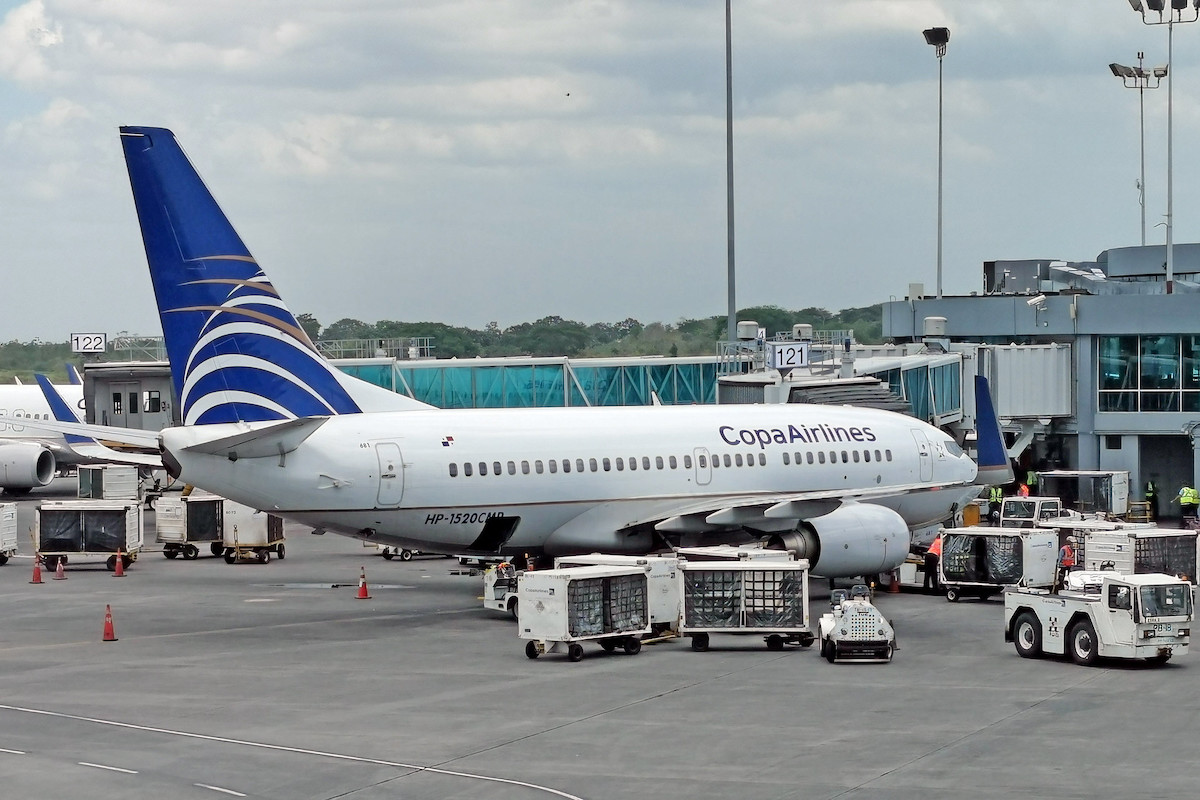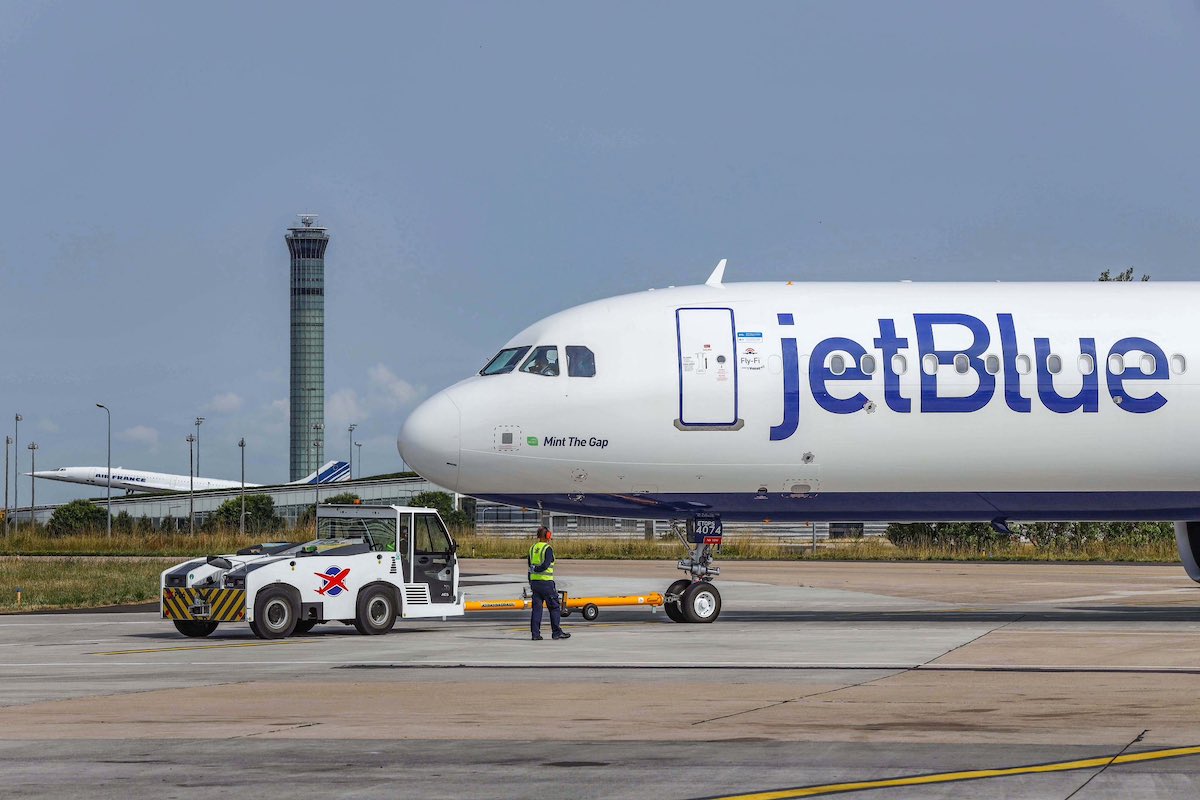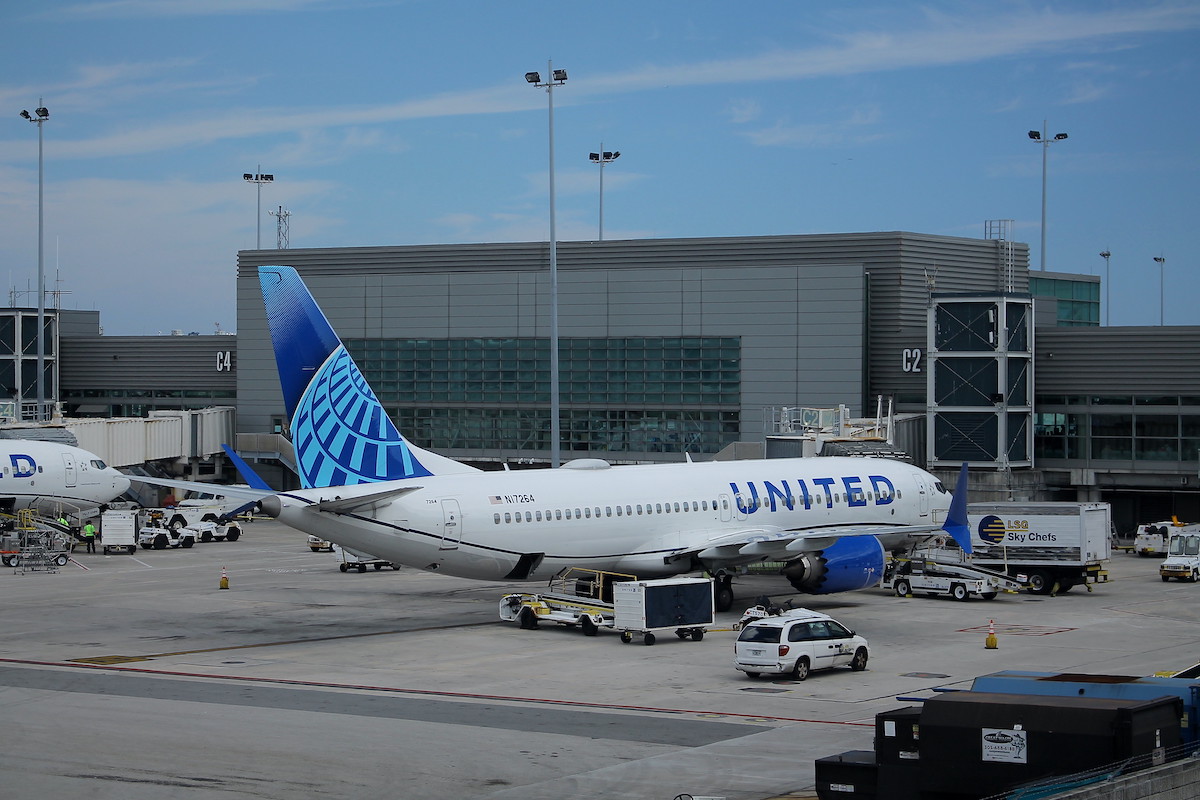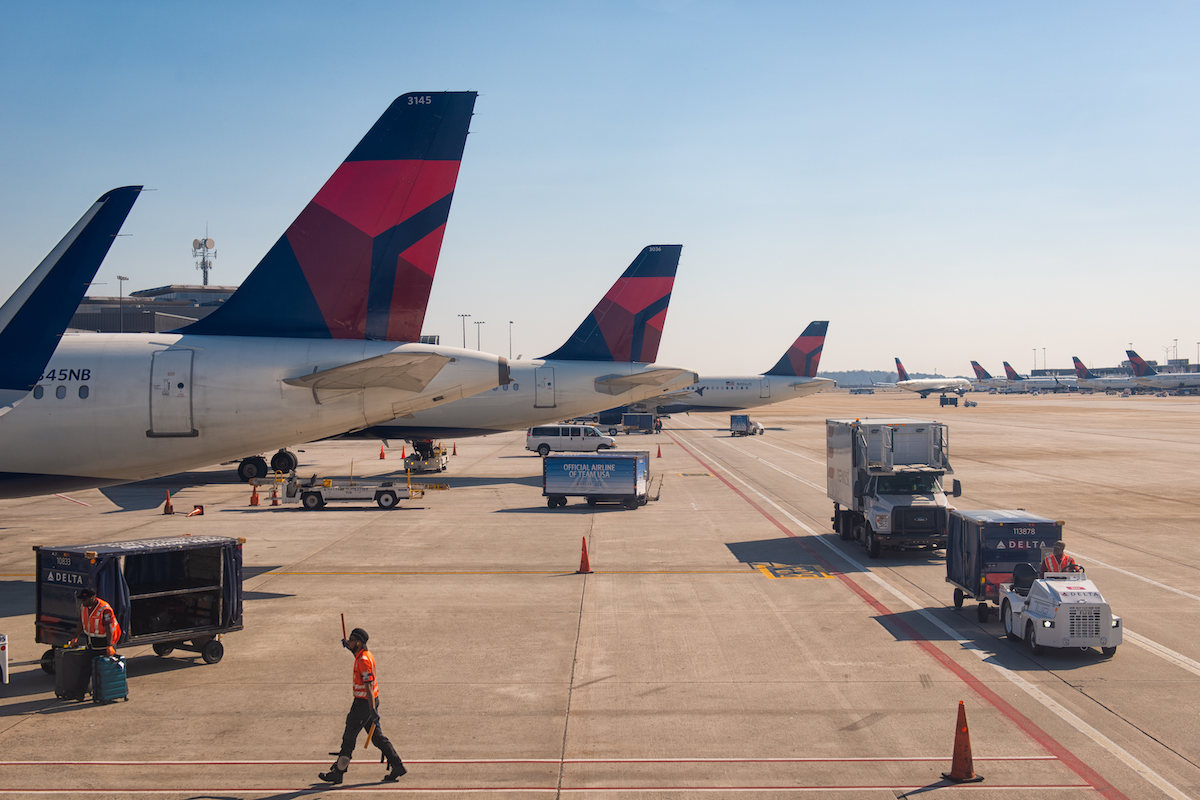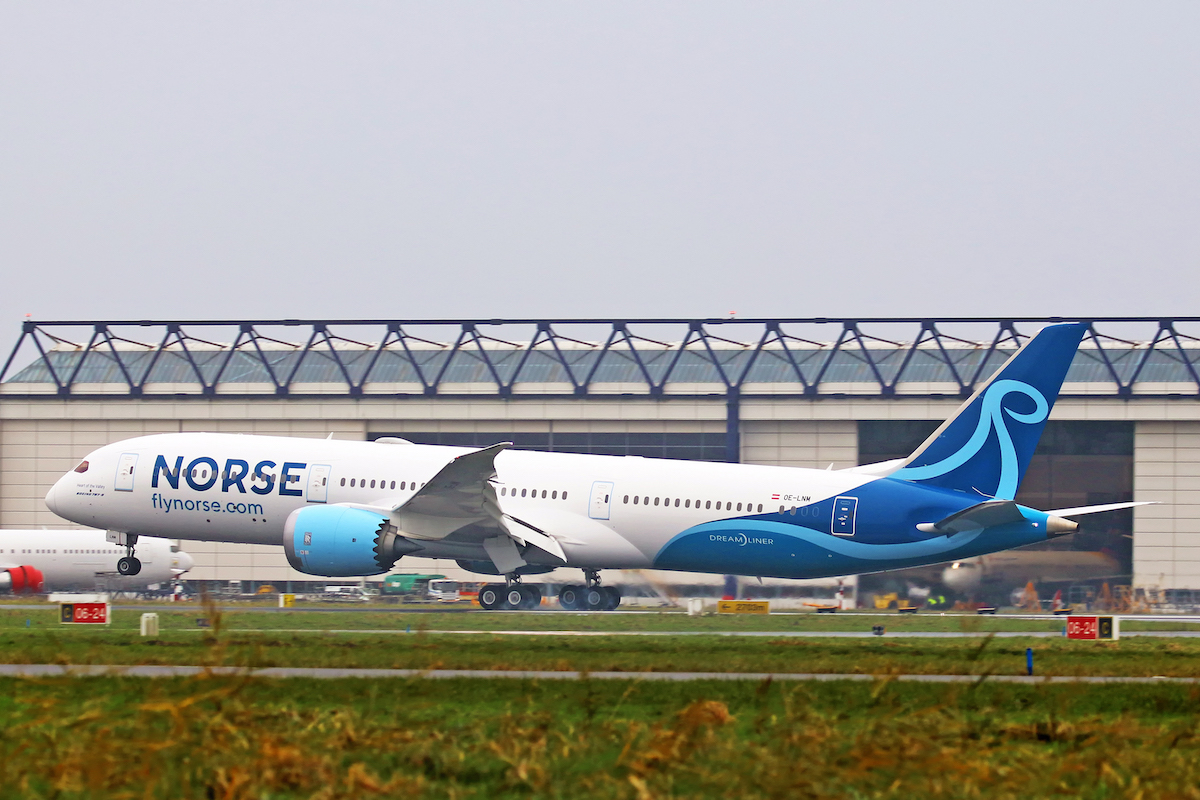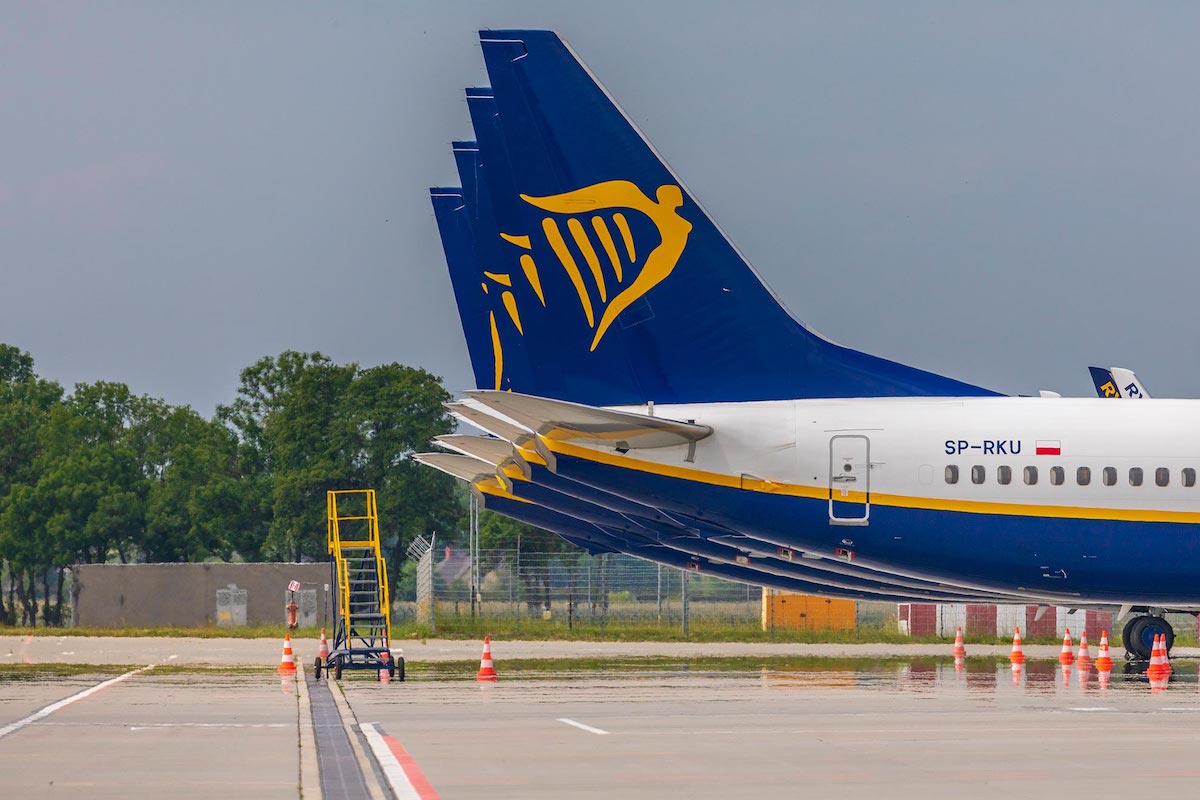Copa Airlines CEO Pedro Heilbron does not think the carrier needs to do anything differently following the announcement that Avianca and Gol plan to consolidate under a single holding company.
“I won’t talk about whether we have to react or not,” Heilbron said during Copa’s first-quarter earnings call on May 12. “If we choose to focus on our business model, I think we will be very successful doing it that way.”
His comments come a day after Avianca and Gol announced they would merge under the new UK-based Abra Group. The merger is akin to the holding company approach to consolidation at European airlines, like the British Airways-Iberia merger that created International Airlines Group in 2011, with each airline continuing to operate independently under its own brand. Abra will also own Viva Air, and a minority stake in Sky Airline.
Heilbron acknowledged that the creation of Abra does create something of a “spider web” of partnerships among Latin American airlines. Copa and Avianca are both members of the Star Alliance, and prior to the pandemic committed to forming an immunized joint venture with United Airlines covering flights to the U.S. Copa has a separate codeshare agreement with Gol that has been in place since 2015.
The creation of Abra will likely add “another twist” to Copa’s agreement to form a joint venture with Avianca and United, Heilbron said. “It’s hard for us to see right now what’s going to be the decision of [Abra] or the other partners. It’s up in the air right now but it’s still there.”
Copa’s hub-and-spoke model connecting North and South America via its Panama City hub continues to prove resilient. The airline posted a nearly $20 million net profit in the first quarter on revenues of $572 million, which was 15 percent below 2019 levels. Unit revenues were down 3 percent compared with 2019, and unit costs excluding fuel were down 1.5 percent. Passenger traffic was down 14 percent from 2019 on a 12 percent decline in capacity.
The demand environment is good and yields are improving, Copa Chief Financial Officer Jose Montero said. However, elevated fuel costs are weighing on results, and the airline anticipates a lower operating margin in the second quarter than in the first. Its March quarter operating margin was 7.8 percent, and it forecasts 3-5 percent for the June quarter. Montero said Copa is recapturing roughly half of the additional fuel expenses through higher fares, and that that percentage continues to improve.
Leisure and visiting friends and relatives, or VFR, traffic remains the main driver of demand driver, Heilbron said. Corporate travel recovered to roughly half of 2019 levels during the first quarter, and continues “ticking up in the second quarter,” he said.
Copa plans to fly 96 percent of its 2019 capacity in the second quarter, and 98 percent for the full year. Capacity in the second half of 2022 will be above 2019 levels.
